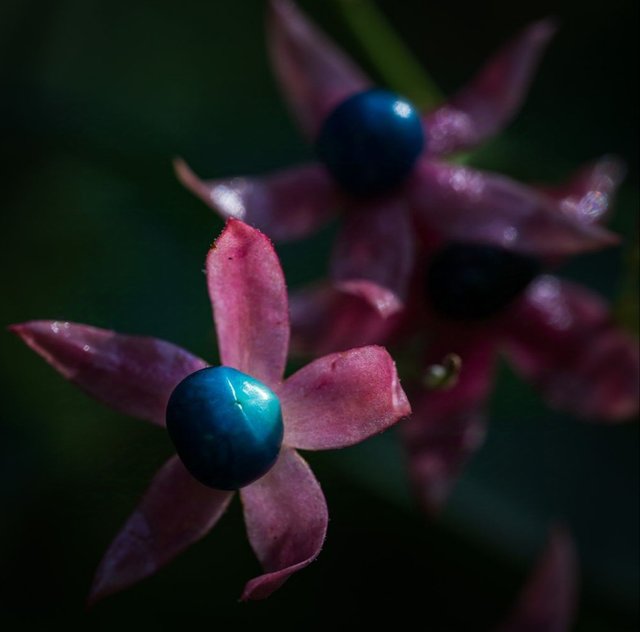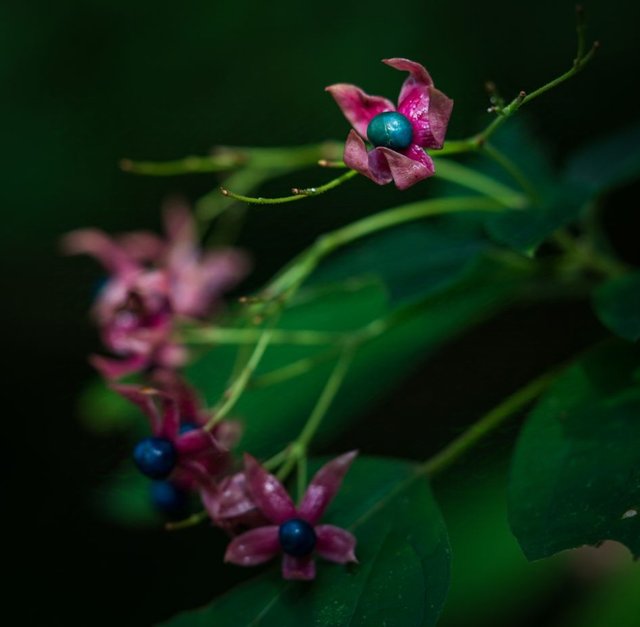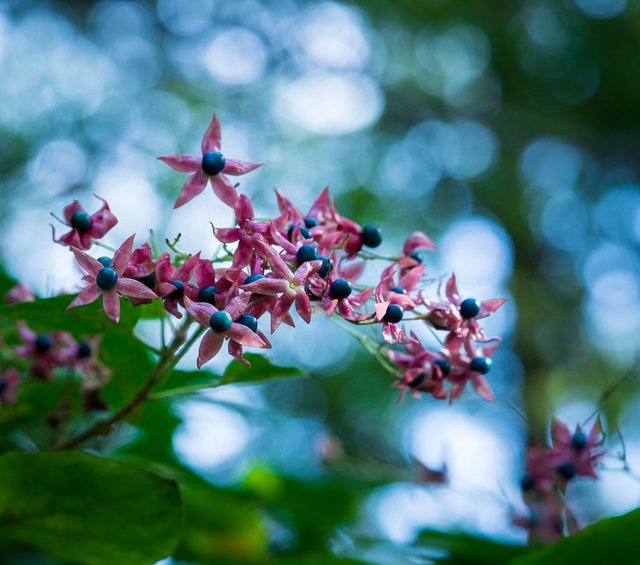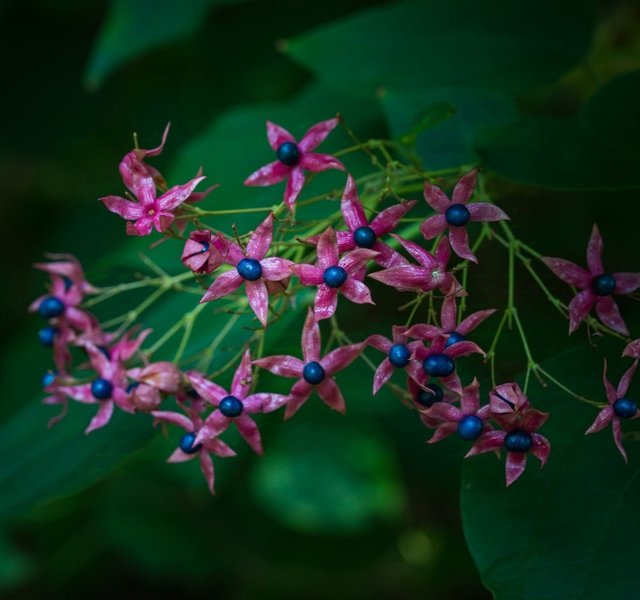The Harlequin glorybower, also known as the Peanut Butter Tree or Glorytree, is an ornamental plant native to parts of China, Korea, and Japan. This fascinating plant is beloved by gardeners and plant enthusiasts alike due to its striking appearance, fragrant flowers, unique fruits, and ease of cultivation in the right environment.
Botanical Characteristics
Harlequin glorybower belongs to the mint family, although its appearance is quite different from the typical herbs one associates with that family. It's a deciduous shrub or small tree that can reach heights of 10 to 20 feet, with a sprawling growth habit and large, heart-shaped leaves. Its leaves can grow up to 8 inches long, and when crushed, they emit a smell reminiscent of peanut butter, which explains the plant’s colloquial name. The foliage is vibrant green and adds a lush feel to any garden.
Stunning Flowers and Fruit
The Harlequin glorybower’s most notable feature is its breathtaking floral display. From late summer to early fall, the plant produces clusters of white star-shaped flowers with a light pink tinge, filling the air with a sweet, jasmine-like fragrance. These flowers are especially attractive to pollinators like bees and butterflies, making the tree a magnet for garden wildlife.
The beauty of the Harlequin glorybower doesn't stop there. After flowering, the plant produces showy fruits that are even more eye-catching. The flowers give way to metallic blue berries, surrounded by a star-shaped calyx that turns bright red. The striking contrast between the blue berries and red calyx creates a stunning visual effect, making the plant stand out in any garden. This unique combination of colors is one of the reasons the Harlequin glorybower is so widely cultivated as an ornamental tree.
Cultivation and Care
Harlequin glorybower is relatively easy to grow and is suited to USDA hardiness zones 6 through 9, meaning it can tolerate moderately cold winters. It thrives in full sun to partial shade, though in hotter climates, it may benefit from some afternoon shade to prevent leaf scorch. The plant prefers well-drained soil, but it is quite adaptable and can tolerate a range of soil types, from sandy loam to clay.




Thanks For Reading
Device Information
| Device | cannon eos 600D |
|---|---|
| Lens | 55-250 zoom leans |
| Location | Myanmar |
